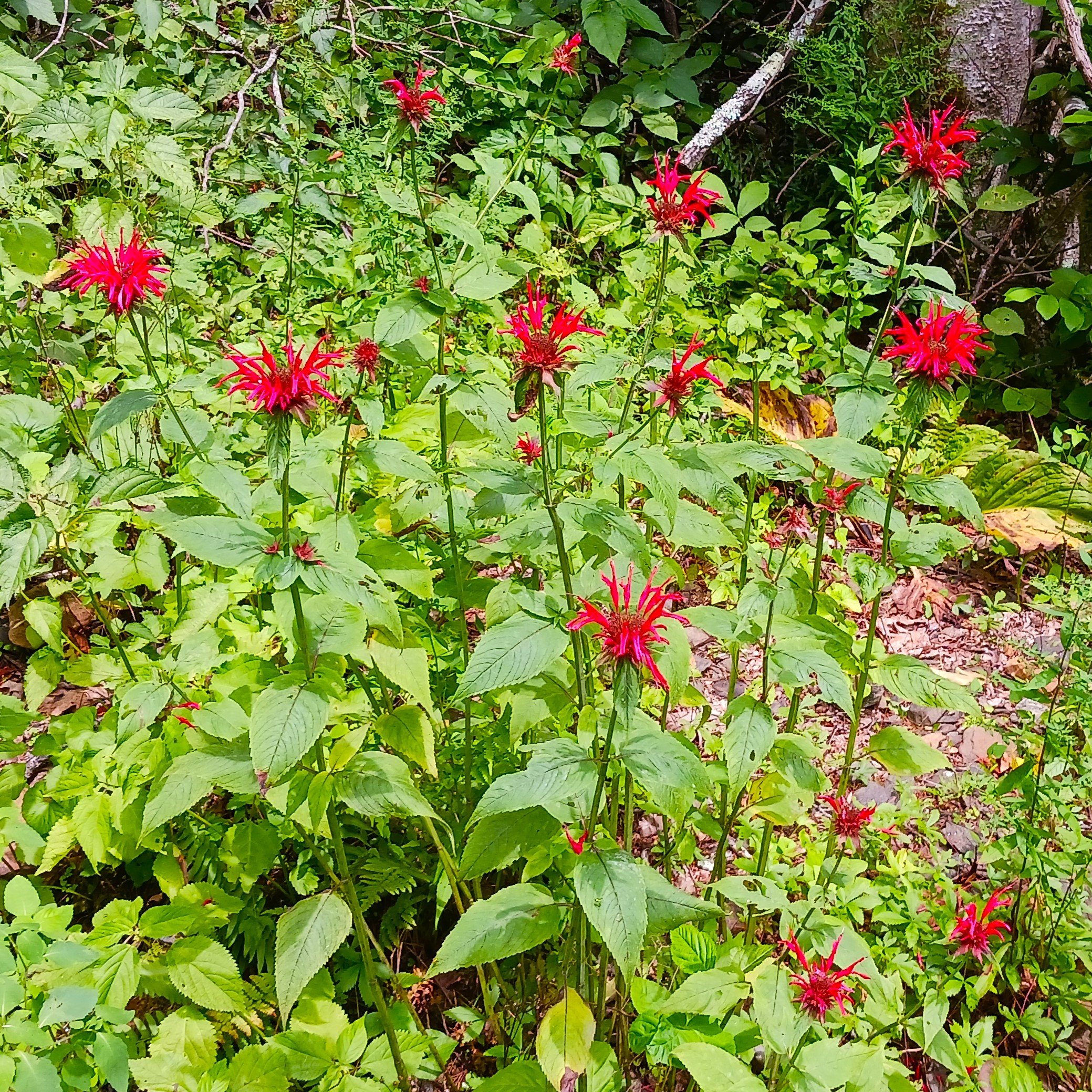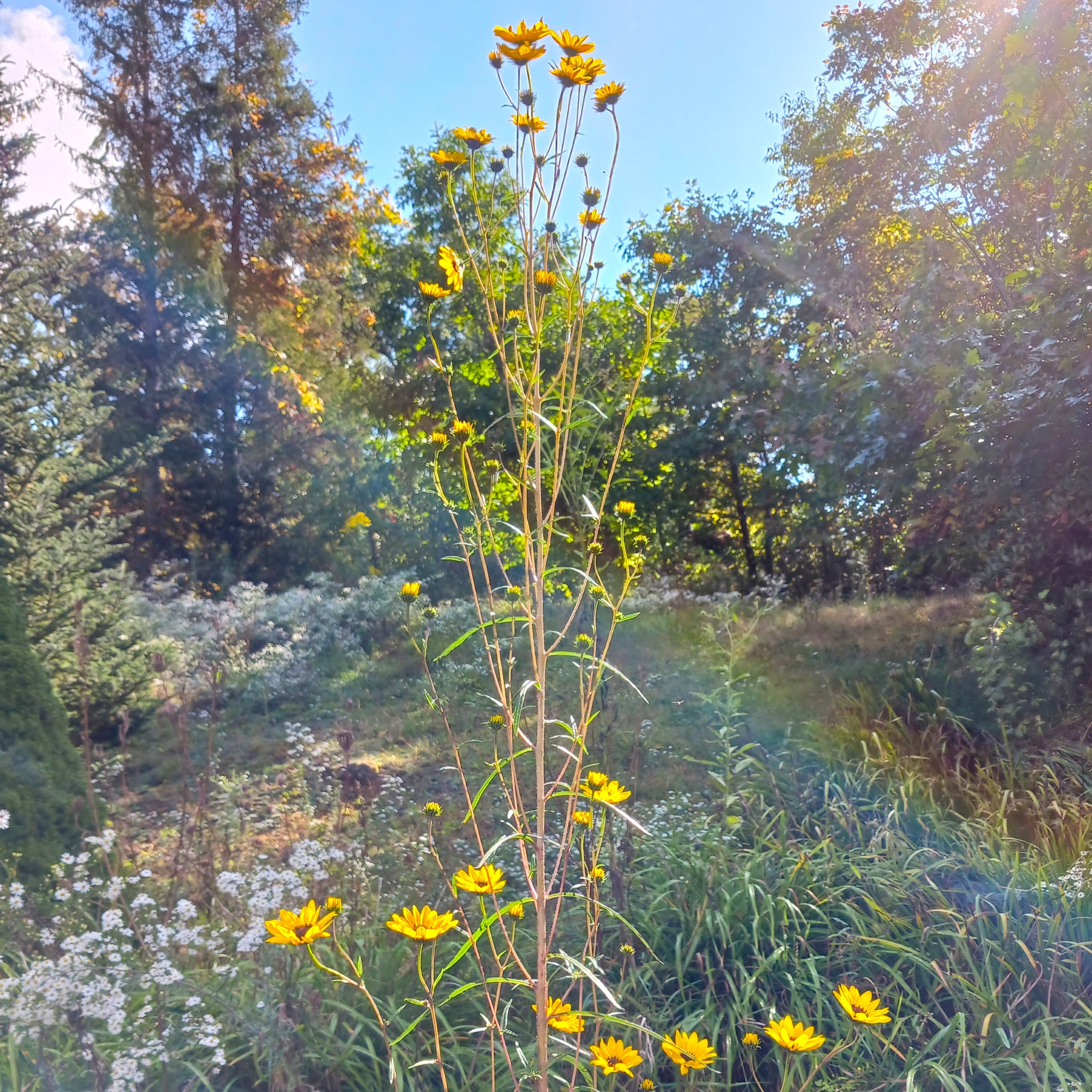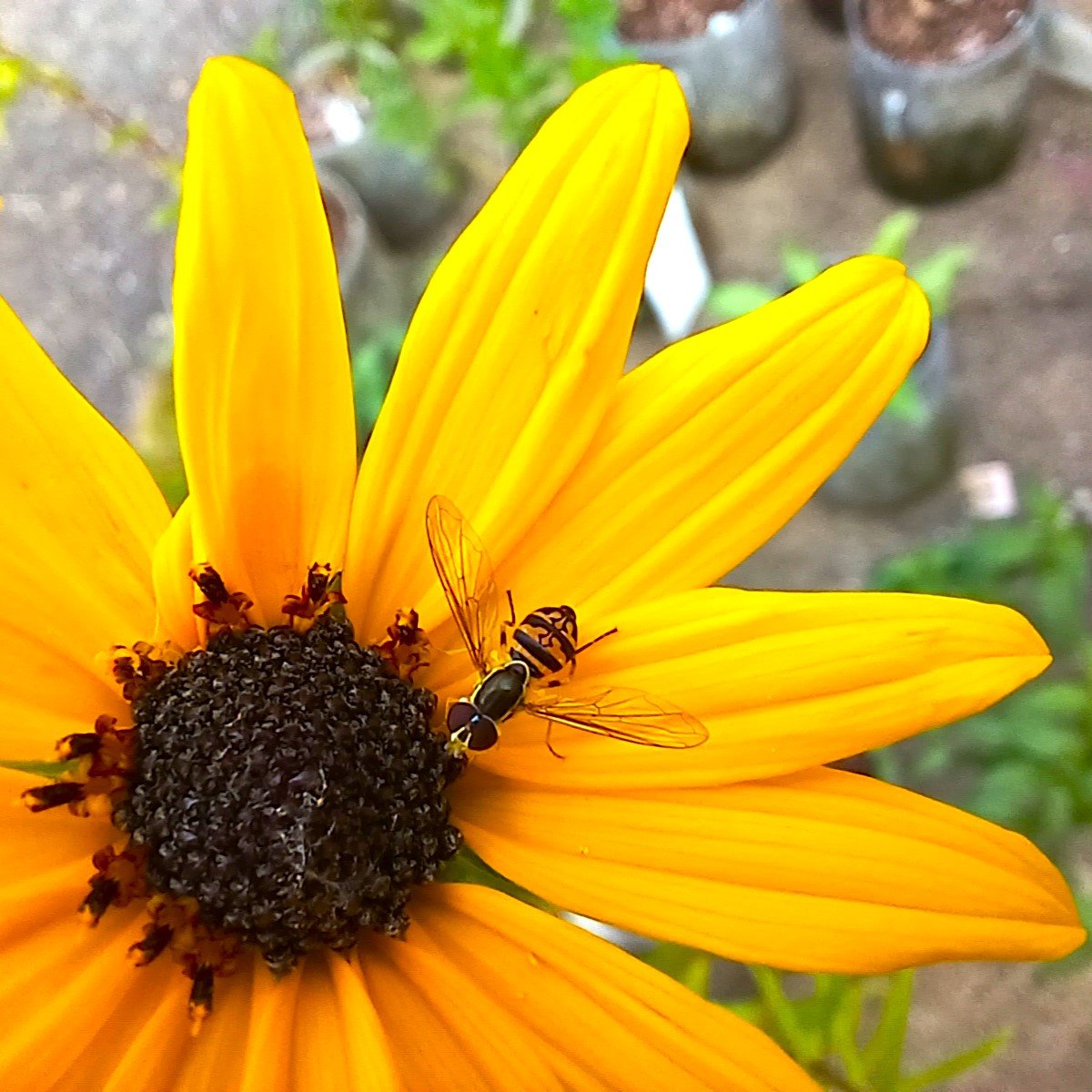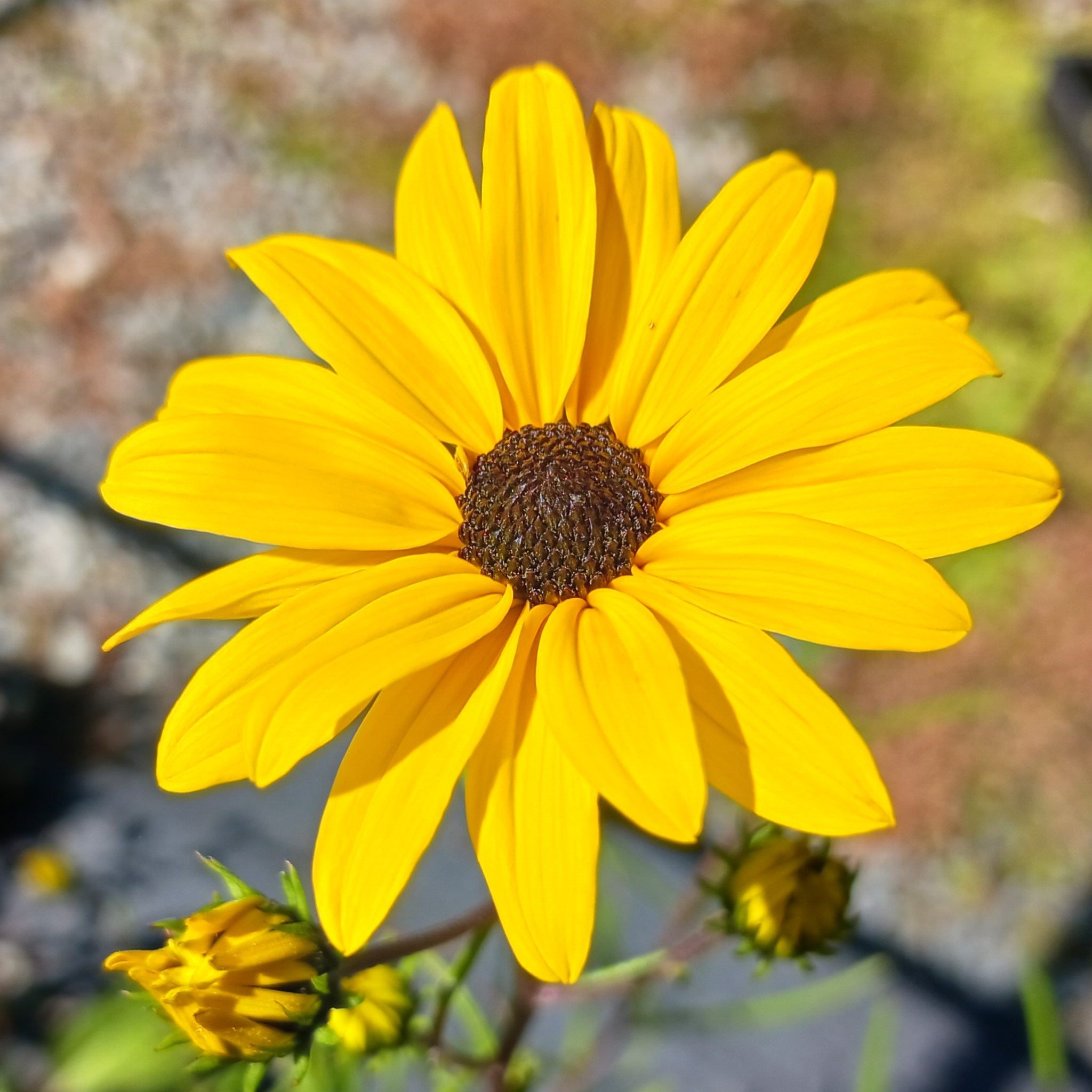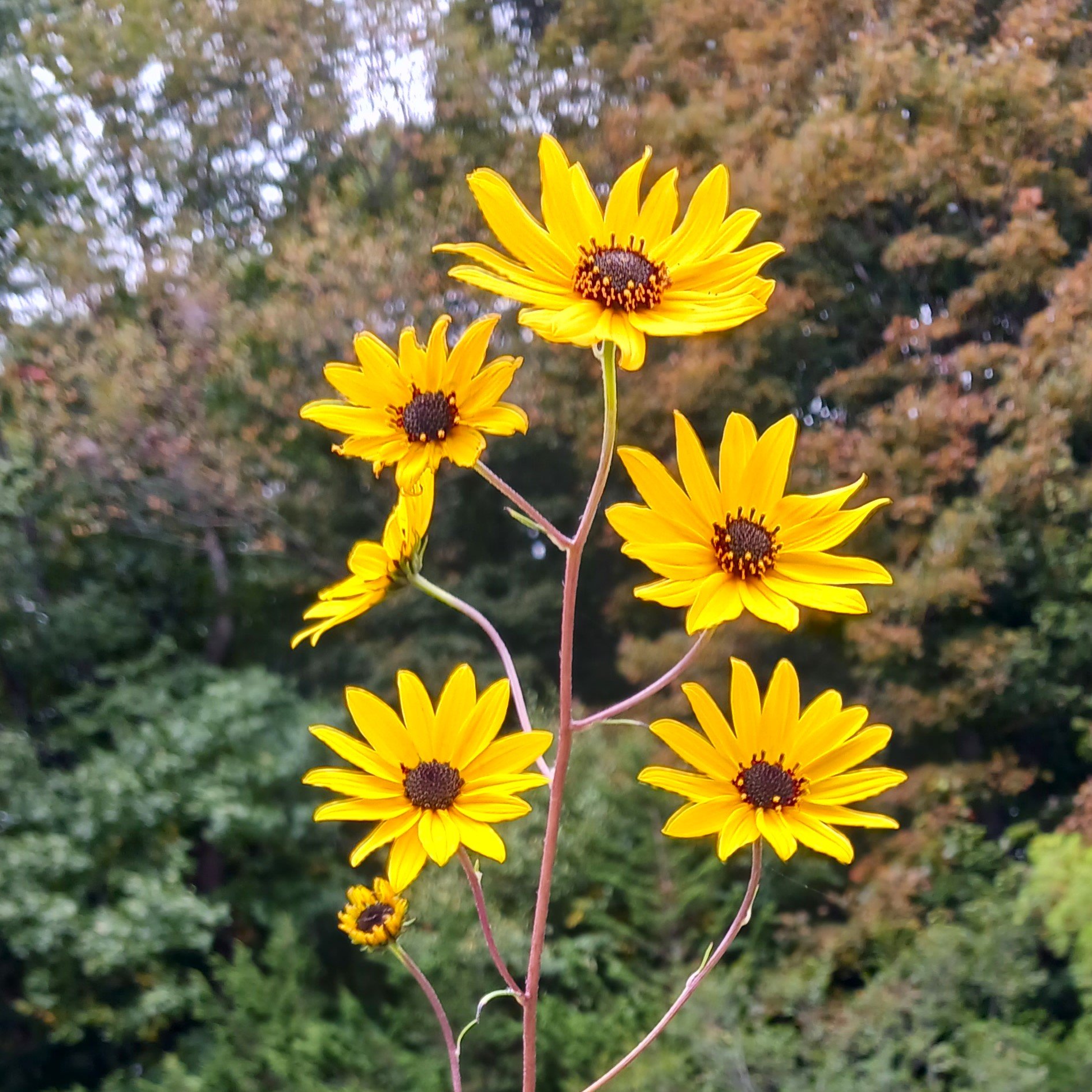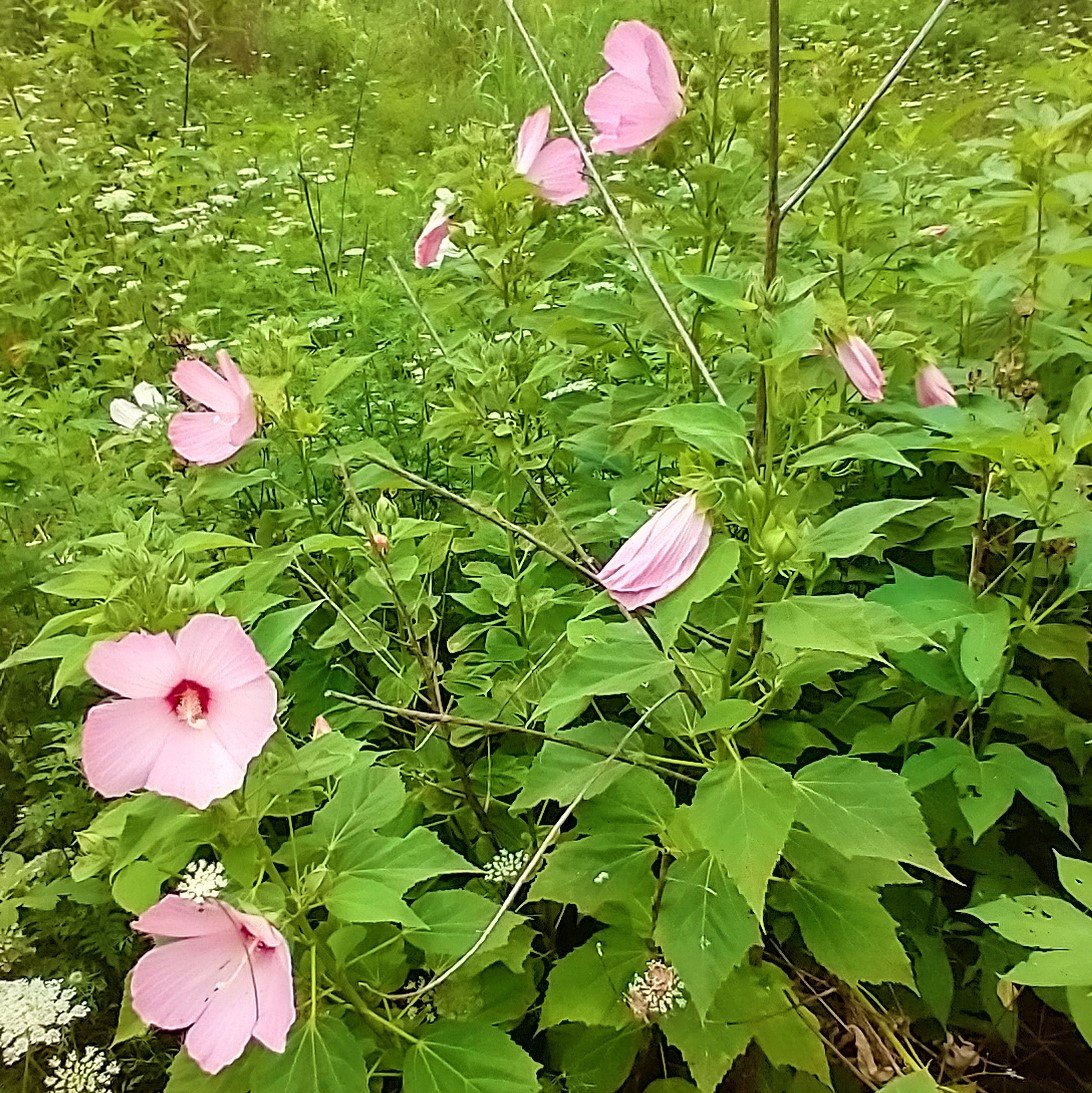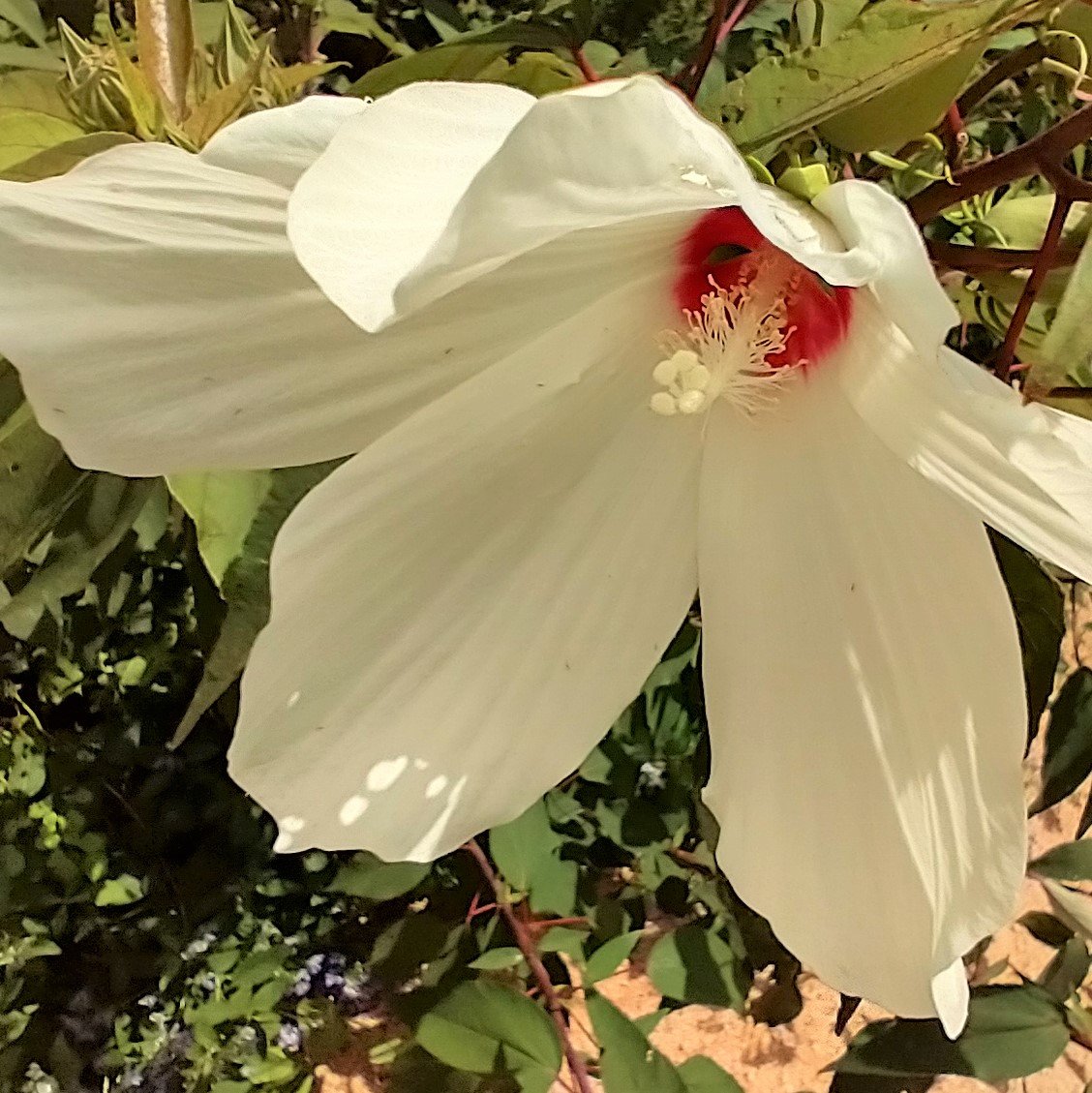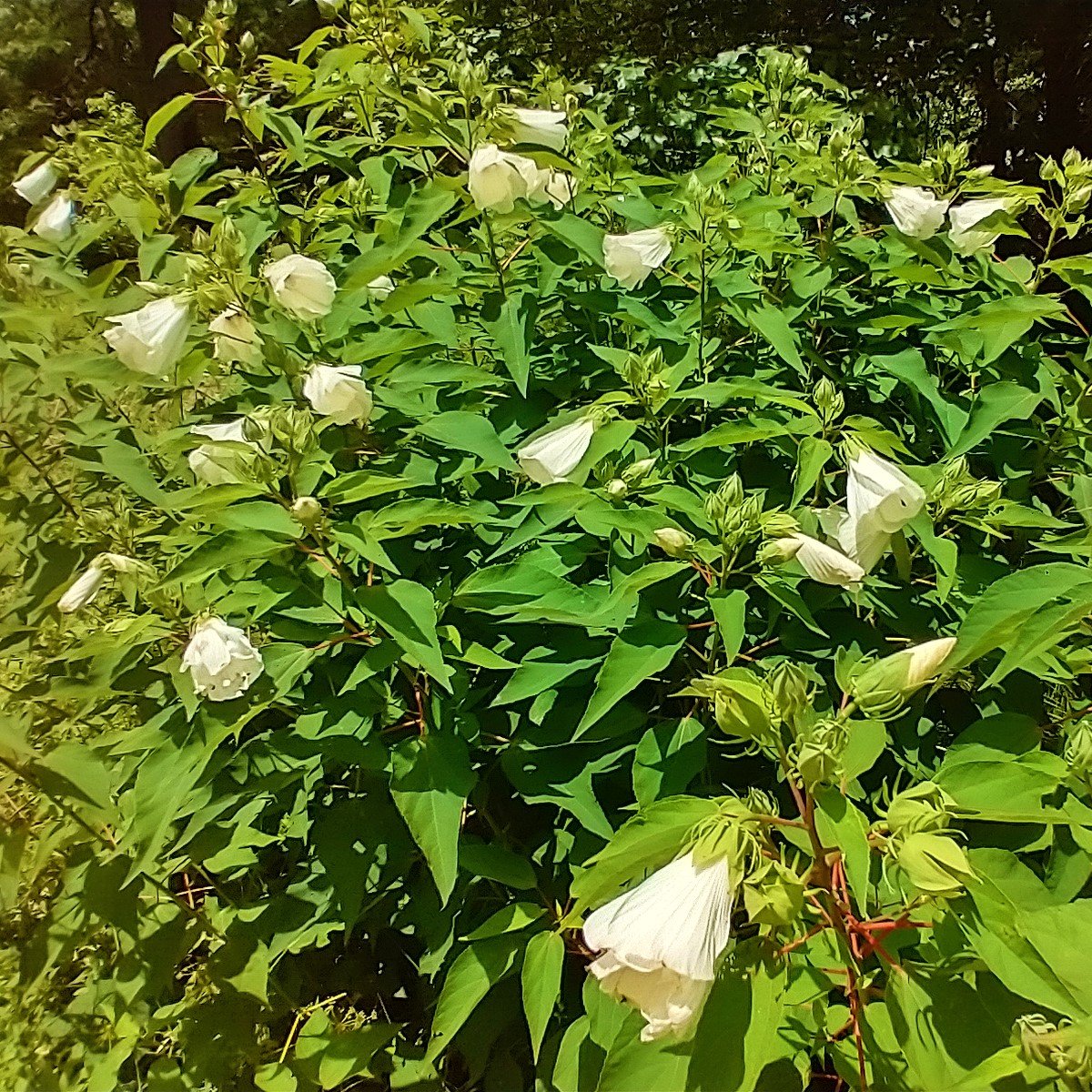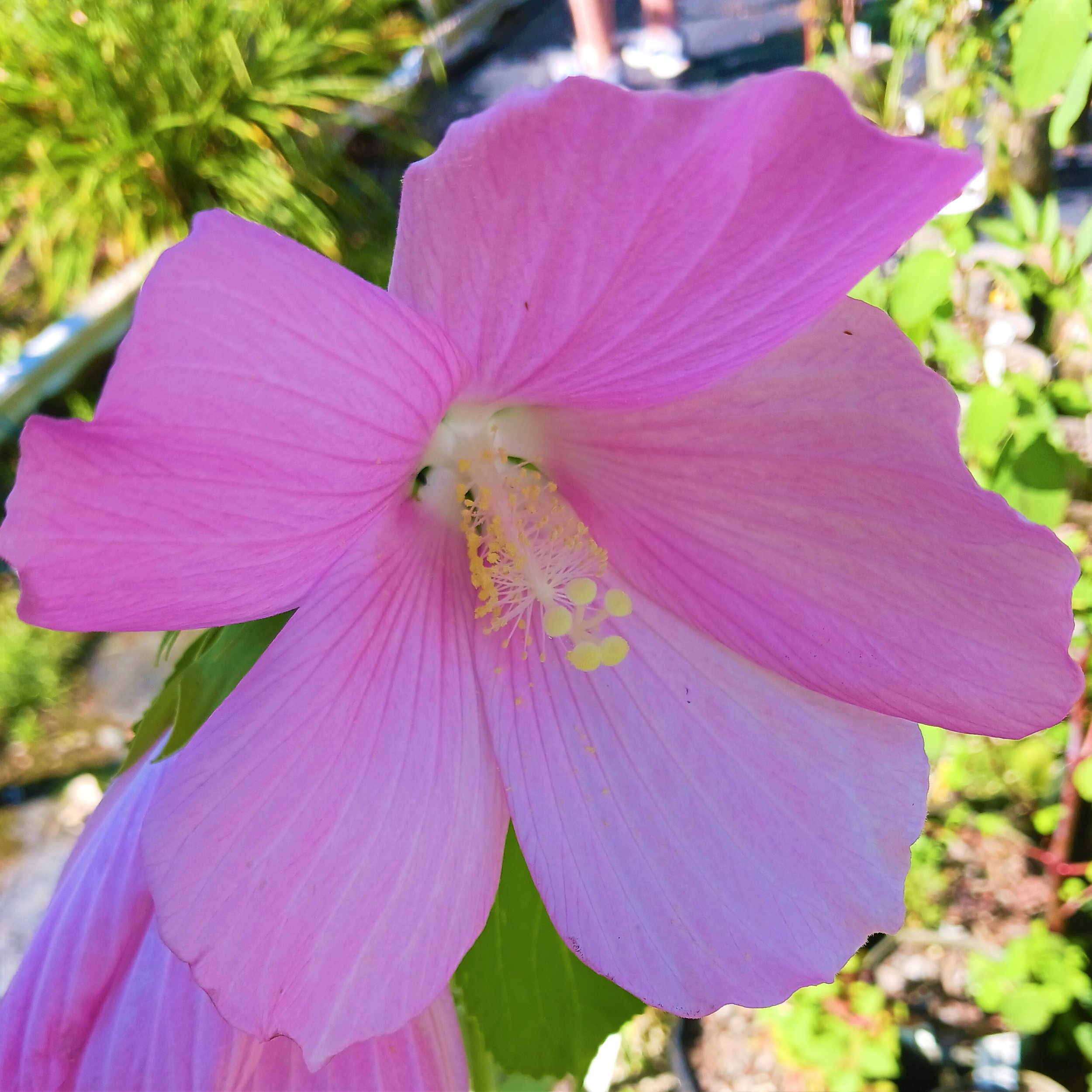Monarda didyma (Scarlet Bee Balm) - NC Ecotype
Our Monarda didyma are grown from wild type seed from a red-flowered population. They are well adapted to moist soils with mild summers and can tolerate shade. These beautiful, long-lasting blooms are attractive to many types of pollinating insects, as well as hummingbirds, and are a host plant for important species of moths.
Our Monarda didyma are grown from wild type seed from a red-flowered population. They are well adapted to moist soils with mild summers and can tolerate shade. These beautiful, long-lasting blooms are attractive to many types of pollinating insects, as well as hummingbirds, and are a host plant for important species of moths.
Our Monarda didyma are grown from wild type seed from a red-flowered population. They are well adapted to moist soils with mild summers and can tolerate shade. These beautiful, long-lasting blooms are attractive to many types of pollinating insects, as well as hummingbirds, and are a host plant for important species of moths.
NC Ecotype! Monarda didyma is a local favorite and for good reason. The crown shaped flowers are big, showy, and long-lasting, appearing from June until as late as September. Most flowers of this species are a scarlet red, but natural variations of pink and purple do appear in wild populations and are especially common in the nursery trade, making this species a readily available native plant. Our plants are grown from seed from a wild population at the nursery and exhibit the typical characteristics of wild Scarlet Bee Balm. This species can reach up to 4’ in height in their second year, with branching clusters of flowers. While Scarlet Bee Balm blooms more with increasing sunlight, sun can also cause stress in the plant during hot and humid days. Typically, Scarlet Bee Balm is found is moist to wet soils in part-sun, sometimes dappled shade. Established plants can tolerate some dry conditions, such as in a rain garden, but will not survive a hot dry summer - Monarda fistulosa or Monarda punctata are better choices for those conditions. Scarlet Bee Balm also will form colonies over time, spreading by stolons along the surface of the soil. They can be easily transplanted, however, and the crushed leaves and stems produce a delightful herbal-citrus fragrance. Scarlet Bee Balm can be grown under Black Walnut.
Many plants of the Monarda genus exhibit a white discoloration to the leaves beginning in summer caused by powdery mildew. Monarda didyma is susceptible to this, although we do not see this as often in our wild plants as in potted plants. Powdery mildew will not kill the plant, and often it will continue flowering even if losing all the leaves. The mildew is caused by a combination of stress, lack of circulation, high temperatures, and humidity. Although sunlight can help prevent mildew, full sun can also increase stress on Monarda plants which lack adequate moisture. We recommend improving circulation by removing dead plant material, and eventually moving affected plants to a location that has moist soil and some shade, especially in gardens with summer temperatures well over 85 F.
Monarda species are one of the keystone perennials for garden ecosystems, providing a host of benefits to a wide range of animal species. As a pollinator plant, the prodigious quantities of nectar and pollen attract both large butterflies and hawkmoths, as well as flower flies and small specialist bees, 3 species in our region only feed on Monarda. The leaves, while less popular with mammalian herbivores, support several of species of moth caterpillars, and the rapid growth keeps up with these demands. The beautiful Raspberry Pyrausta Moth (Pyrausta signatalis) only feeds on Monarda species. Like milkweeds of the Asclepias genus, this is an example of how important these ecological connections can be, and how growing these plants in a home garden can be important for supporting populations of native insects. Predatory insects, spiders, and birds also feed on these insect herbivores, while hummingbirds are attracted to the nectar, and songbirds to the seed.
Pollinators: bumblebees, cuckoo bees, halictid bees, leafcutter and resin bees, long-horned bees, miner bees, honey bees, butterflies, hawkmoths, moths, bee flies, syrphid flies, wasps, long-horned beetles, soldier beetles
Host Plant for Butterflies/Moths: 12+ species of moths in our region, including the Orange Mint Moth (Pyrausta orphisalis). The Raspberry Pyrausta (Pyrausta signatalis) likely only feeds on Monarda species.
Dependent Species: 3 monolectic bee species in our region which only feed on Monarda species - Dufourea monardae, Perdita gerhardi, Protandrena abdominalis; Raspberry Pyrausta (Pyrausta signatalis)
Wildlife Value: Hummingbirds, Songbirds, Thrushes, Wood Warblers, shelter, winter cover, stem-nesting bees
Deer Resistance: Moderate
Native Region: Appalachian Mountains
Seed Origin: Ashe County, NC
Ecoregion: 66 - Blue Ridge
USDA Zones: 4-9
States found in our region: GA, MD, NC, PA, SC, TN, VA, WV
Other states found: MI, NJ, NY, OH, VT







